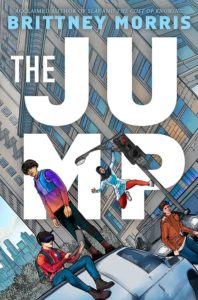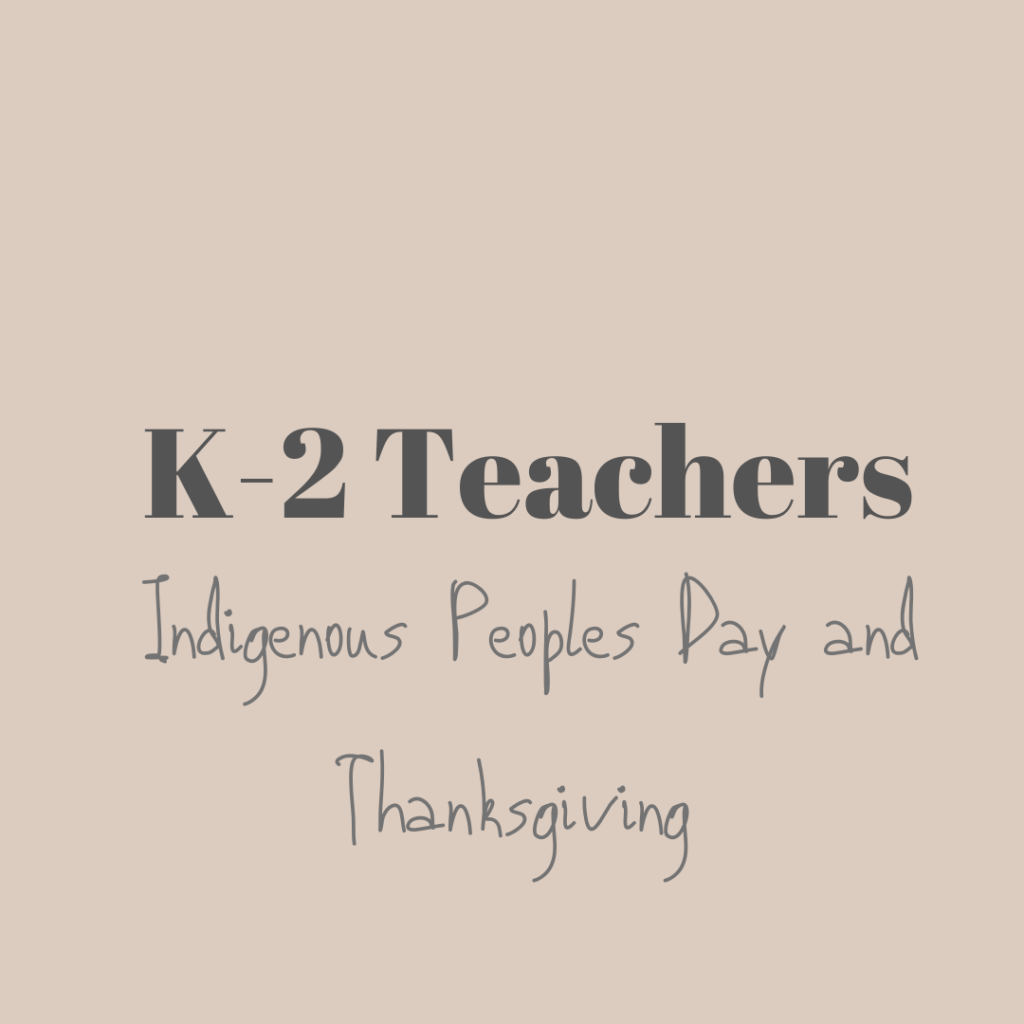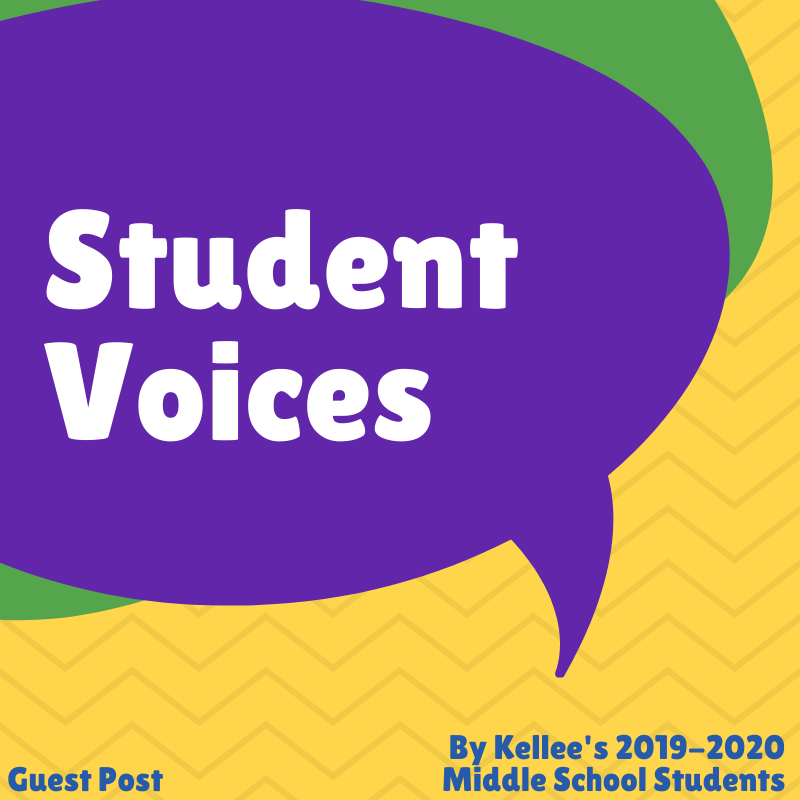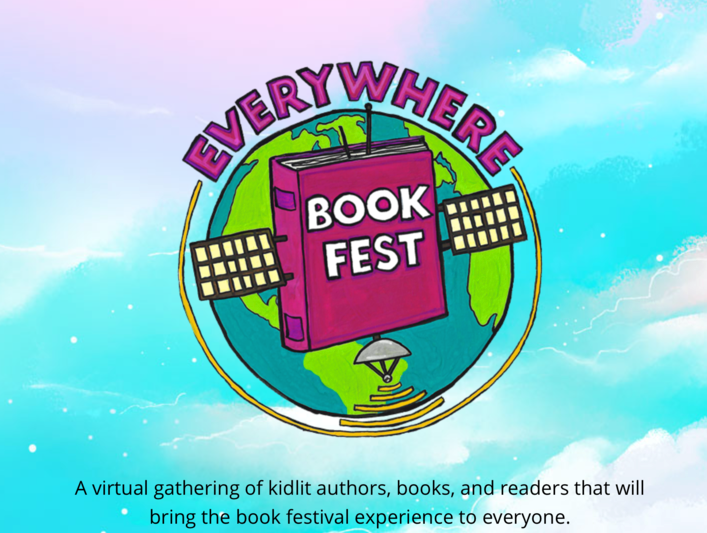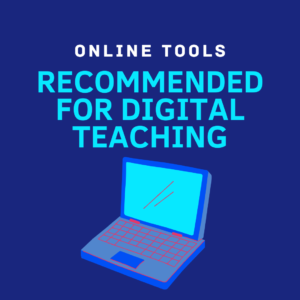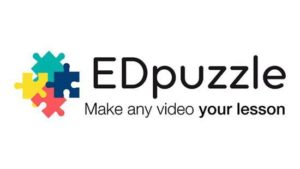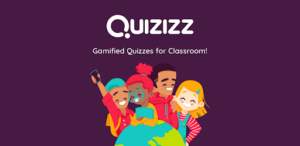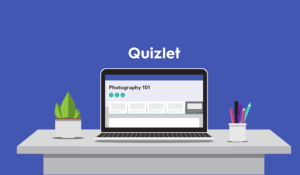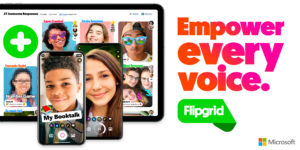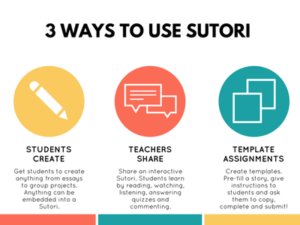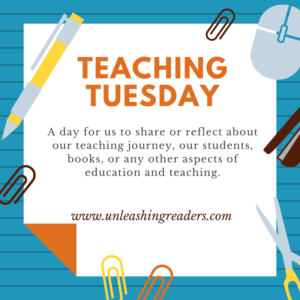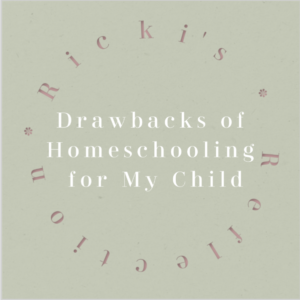“Play is Good Trouble”
“Speak up, speak out, get in the way. Get in good trouble. Necessary trouble, and help redeem the soul of America.” — Representative John Lewis.
I’m the mother of a [not so little anymore] toddler, and a video game developer. Play is a core part of my daily life, and I fully believe it has the power to change the world. How? A few ways. Let me elaborate.
Play fosters empathy.
If I asked you to empathize with a hypothetical border agent in 1940’s Eastern Europe, you might look at me sideways and maybe conceptualize the scenario from the perspective of an onlooker in the 21st century. Now, imagine if I handed you a controller, and you stepped into a checkpoint booth in loyal service to [fictional] Arstotzka. Now imagine that a woman steps up to your booth and hands you an expired passport and a necklace as a bribe, begging to be let through with her husband who asked you to let her in only moments prior. Imagine she tells you she’s sick and may never see him again. She may even be carrying a baby. You get the idea.
Play invites people in.
Remember the last time you sat down to listen to a speech or a presentation or a lecture on a new subject, and maybe you zoned out for a bit, looked up, and realized the speaker is now so far into the material that you’re totally lost? That might have been me on day 1 of macroeconomics my junior year of college. In fact it definitely was. Now, maybe if we’d all sat in groups and played a game of Settlers of Catan, basic macroeconomic concepts might have jumped out at us in a tangible way: resource management, supply and demand, scarcity, monopoly, the benefits of trade, and even opportunity cost. Even folks who are brand new to economics who might be intimidated by an hour-long 37-slide presentation, might feel a little more welcomed into playing a game about it.
Play makes big problems feel tackle-able.
For this last point, I’d like to cite my own source. Enter, The Jump.
I was inspired to write The Jump after seeing a mini docu-series about the Cicada 3301 cryptology puzzle, which was a real-life worldwide scavenger hunt posted by an elusive group under mysterious circumstances. While the Cicada 3301 puzzle hosted individual adults, I realized how impactful it would be to see teams of diverse teens taking on such a puzzle. And so was born The Jump, featuring Jax, Yas, Han, and Spider, taking on an oil refinery threatening to take over their neighborhood.
I wanted to show why an unethical multinational conglomerate should be VERY afraid of our youth, and even moreso if they’re getting into good trouble. Even by playing a game.
Published March 7, 2023 by Simon & Schuster Books for Young Readers
(Paperback Release: February 27th, 2024)
About the Book: Influence is power. Power creates change. And change is exactly what Team Jericho needs.
Jax, Yas, Spider, and Han are the four cornerstones of Team Jericho, the best scavenger hunting team in all of Seattle. Each has their own specialty: Jax, the puzzler; Yas, the parkourist; Spider, the hacker; and Han, the cartographer. But now with an oil refinery being built right in their backyard, each also has their own problems. Their families are at risk of losing their jobs, their communities, and their homes.
So when The Order, a mysterious vigilante organization, hijacks the scavenger hunting forum and concocts a puzzle of its own, promising a reward of influence, Team Jericho sees it as the chance of a lifetime. If they win this game, they could change their families’ fates and save the city they love so much. But with an opposing team hot on their heels, it’s going to take more than street smarts to outwit their rivals.
About the Author: Brittney Morris is the bestselling author of SLAY, The Cost of Knowing, Marvel’s Spider-Man: Miles Morales – Wings of Fury, and The Jump. She also writes video games and has contributed to projects such as The Lost Legends of Redwall, Subnautica: Below Zero, Spider-Man 2 for PS5, and Wolverine for PS5. Brittney is an NAACP Image Award nominee, an ALA Black Caucus Youth Literary Award winner, and an Ignite Award Finalist. She has an economics degree from Boston University and spends her spare time reading, playing video games, and not doing enough yoga. She lives in Philadelphia with her husband Steven and their son Atlas.
Thank you, Brittney!
Adults often need to be reminded of the importance of play.
